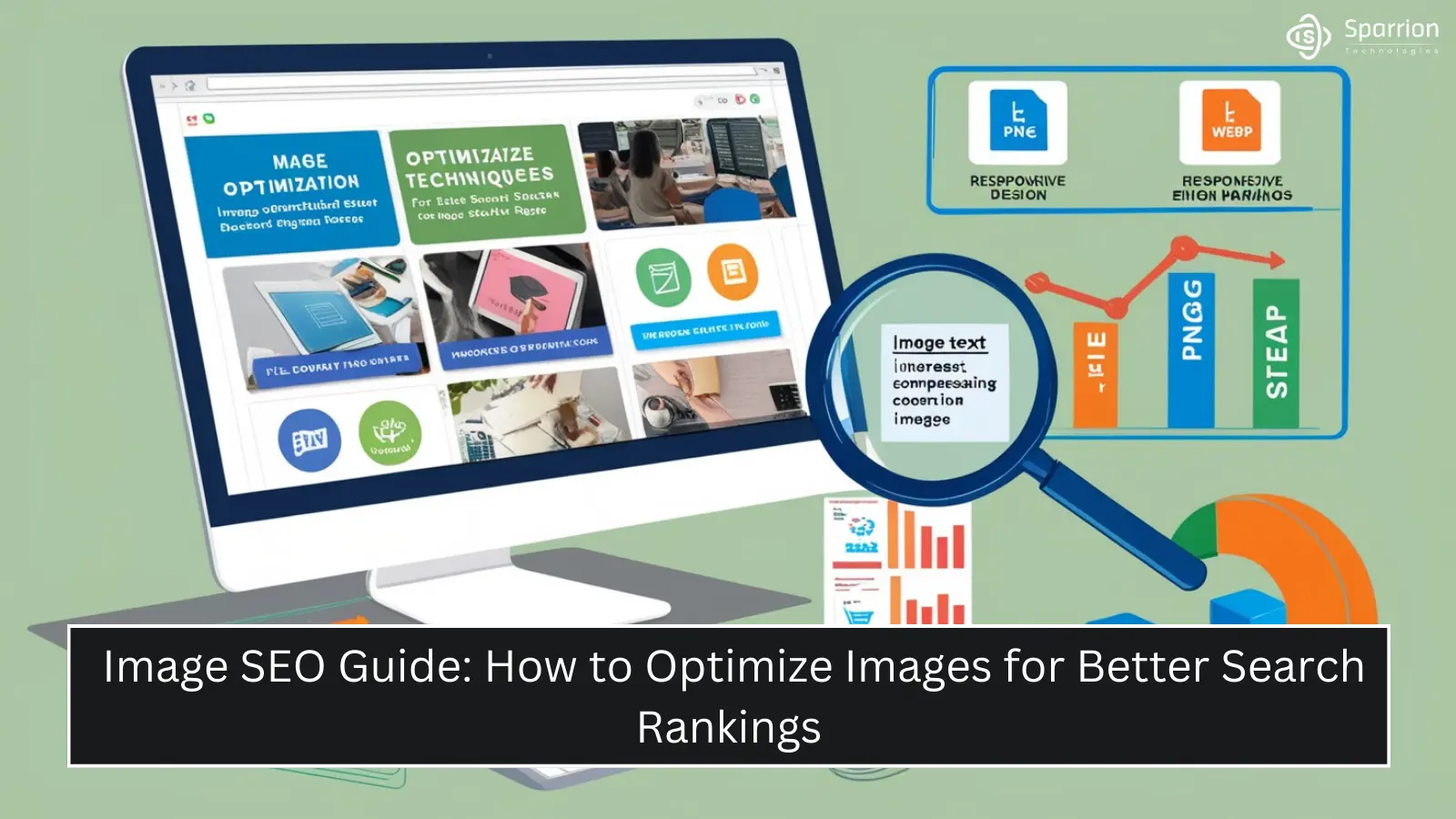
In the realm of digital marketing, optimizing images for search engines is often overlooked but is a crucial aspect of SEO. Properly optimized images not only enhance user experience but also improve page load times, increase visibility in search engine results, and boost organic traffic. This guide will walk you through the steps to optimize your images effectively, ensuring they contribute positively to your search rankings.
Image optimization involves reducing the file size of your images without sacrificing quality, as well as using descriptive file names, alt text, and other elements to help search engines understand the content of your images. Properly optimized images offer several benefits:
Different image formats have different strengths. The most common formats are:
Choosing the appropriate format for each image can significantly reduce file size while maintaining quality.
Compressing images reduces file size, which speeds up your website. There are several tools available for this purpose:
Ensure that compression doesn't significantly degrade image quality, which can negatively impact user experience.
Before uploading an image, rename the file with descriptive keywords. Instead of a generic name like "IMG_1234.jpg," use a name like "blue-widget-2024.jpg." This helps search engines understand the content of the image, improving your SEO.
Alt text (alternative text) describes the content of an image. It is crucial for accessibility and SEO. Here are some tips for writing effective alt text:
For example, for an image of a blue widget, use alt text like "Blue widget 2024 model with improved features."
Resize your images to fit the dimensions required by your website. Uploading images that are larger than necessary can slow down your site. Use HTML or CSS to ensure images are displayed at the correct size.
Responsive images adjust to different screen sizes and resolutions, providing a better user experience across devices. Use the srcset attribute in HTML to specify different versions of an image for various screen sizes.
Lazy loading delays the loading of images until they are needed, such as when a user scrolls down the page. This improves initial page load times and overall performance. Most modern web platforms and plugins support lazy loading.
Structured data (schema markup) helps search engines understand the content of your images. Implementing structured data can enhance your images' visibility in search results. For example, use schema markup for product images, recipes, or videos.
Captions provide additional context to images, improving user engagement. They also give search engines more information about the image. Whenever appropriate, add captions that describe the image and relate to the surrounding content.
An image sitemap provides search engines with information about the images on your site, helping them to index your images more effectively. Google offers specific guidelines for creating image sitemaps, which can be added to your existing sitemap or created separately.
Optimizing images for better search rankings is a multifaceted process that involves choosing the right file format, compressing images, using descriptive file names and alt text, and implementing advanced techniques like lazy loading and responsive images. By following these steps, you can improve your website's load times, enhance user experience, and boost your search engine rankings. Remember, well-optimized images contribute significantly to the overall performance and accessibility of your website, making it a crucial aspect of your digital marketing strategy.